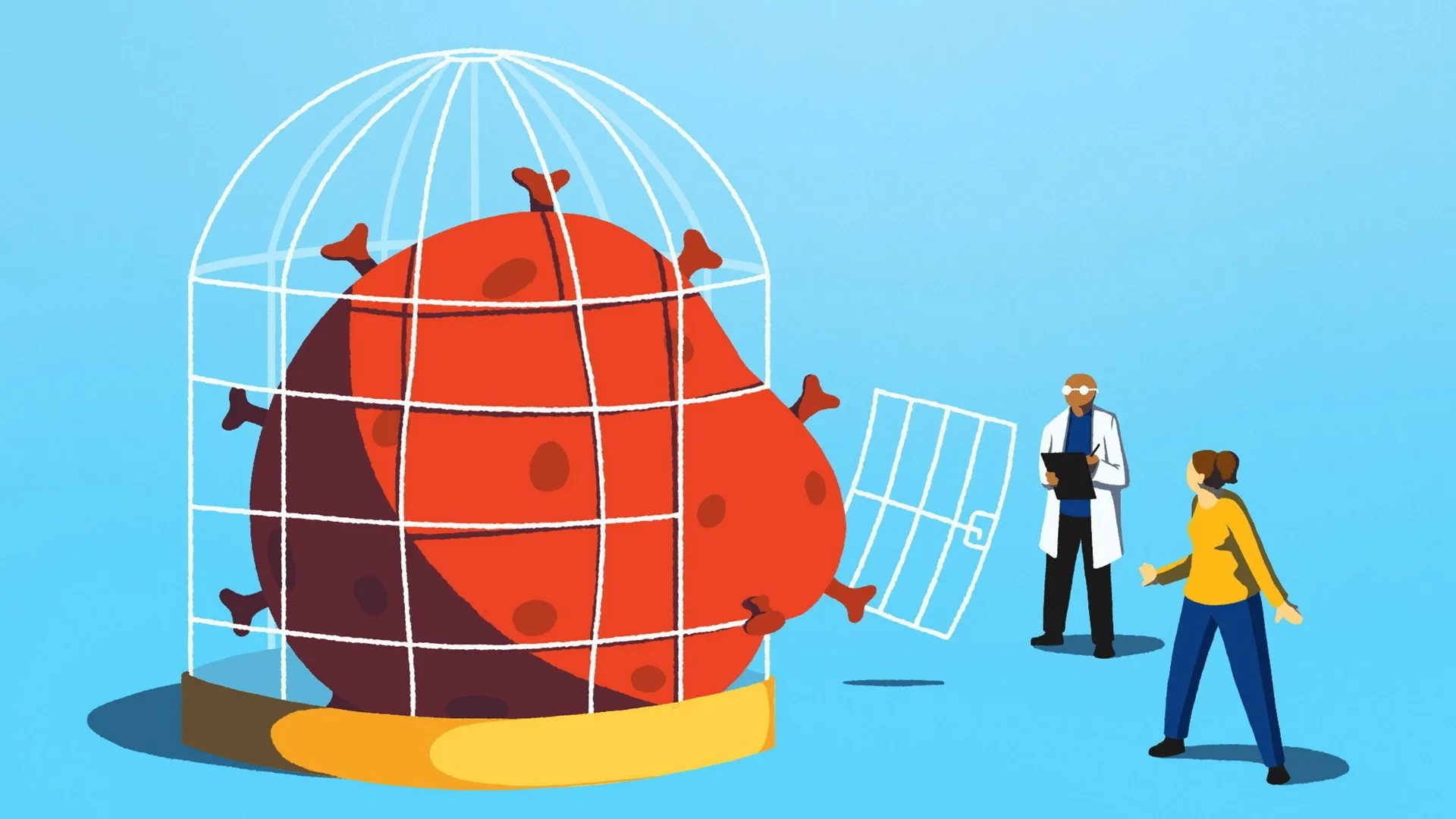
The writer is a science commentator
In 2022, Bass Rock, a volcanic outcrop off the Scottish coast that houses the world’s largest colony of northern gannets, became a graveyard. Thousands of gannets were wiped out by a bird flu now thought to have killed millions of wild birds worldwide and devastated poultry flocks.
Highly pathogenic avian influenza, or HPAI, became a zombie scourge that, unlike seasonal predecessors, never really disappeared. The virus that causes it, H5N1, has since jumped into species including mink, sea lions, dolphins, porpoises, otters and cats — and now cattle.
As of Monday, nine US states had reported outbreaks in dairy cattle. One dairy worker in Texas has also tested positive. Viral fragments have been found in the country’s milk supply. Now, a US genomic analysis suggests a variant known as 2.3.4.4b has been spreading silently in cattle for months, perhaps since December.
The virus does not usually pass from human to human but its undetected march into new mammalian hosts is not to be taken lightly, given that every infection offers the chance to mutate. The US Centers for Disease Control and Prevention says the risk to public health is low but it is preparing for the possibility that the flu becomes more transmissible between people. Now is not a time for paranoia but there is a case for extreme vigilance.
Exactly how bird flu made the leap into cattle is unclear. Birds shed the virus orally, nasally and through their urine and faeces; cows could have ingested contaminated feed or water. Scientists believe the virus then spread between cows through mechanical methods, such as shared milking machines, rather than through the air. According to the UK government, this strain is not circulating in Europe.
The World Health Organization has expressed “great concern” and advised caution. Paul Digard, an influenza virologist at the Roslin Institute, Edinburgh University, told me this week that the threat level had risen: “Firstly, cow infections with avian flu on this scale is something new; what else has the virus ‘learnt’ to do with this latest round of genetic changes? Secondly, infecting dairy cows offers more opportunities to infect humans.”
The US Food and Drug Administration advises against consuming raw (unpasteurised) milk products, to guard against pathogens such as salmonella and E-coli; H5N1 is now also on the list. The odds of becoming infected by drinking pasteurised milk is deemed very low, given that testing so far shows no live infectious virus in the samples.
However, the presence of virus fragments in pasteurised milk points to the possibility of asymptomatic infected cows, meaning the virus could be spreading under the radar. The US Department of Agriculture, which has banned infected cattle from crossing state borders, has been urged to scale up testing.
The infected dairy worker had conjunctivitis rather than respiratory symptoms; avian flu viruses struggle to latch on effectively to receptors in the human upper respiratory tract. But if the virus can get in, perhaps through high doses, it can be lethal: since 1997, H5N1 has killed about half of the roughly 900 people infected with it.
One concern is “reassortment”: when two flu viruses circulating in the same infected animal swap genetic material. “H5N1 in pigs would be a very large, exceedingly red flag”, Digard warns, “given the frequency with which humans and pigs have exchanged [flu] viruses over the last 100 years.” The respiratory tracts of pigs show similarities to ours, meaning that a swine-adapted flu virus might not require many changes to threaten us.
The world is reasonably adept at dealing with seasonal flu, with global surveillance and an infrastructure for producing seasonal flu vaccines matched to circulating strains. There are also antivirals. But pandemic flu, especially caused by an animal virus to which humans have zero immunity, is a different prospect.
There are existing, pre-authorised pandemic preparedness vaccines that can be adapted in a hurry, including ones from GSK and AstraZeneca targeting H5N1. Once the exact pandemic strain is identified, it can be included for production and further approval.
Interestingly, the CDC has now shared the candidate vaccine virus 2.3.4.4b with manufacturers. How quickly things can move from here is another question — one that deserves an answer sooner rather than later.